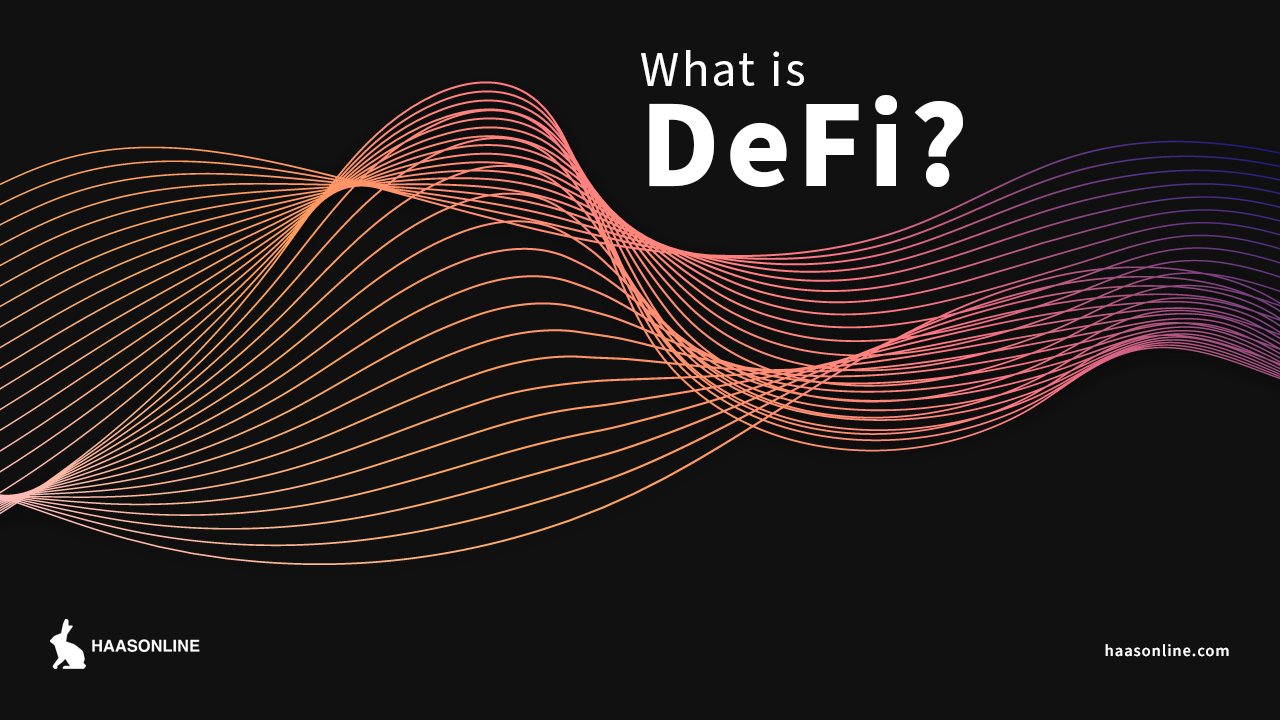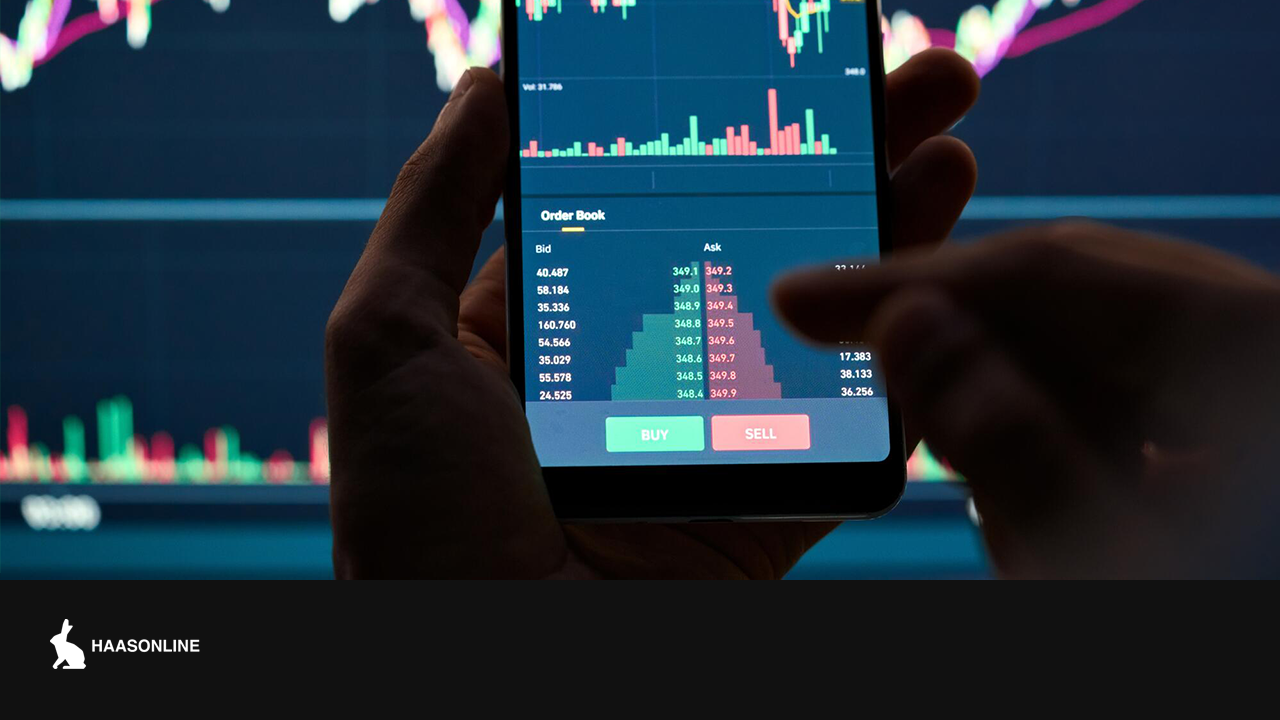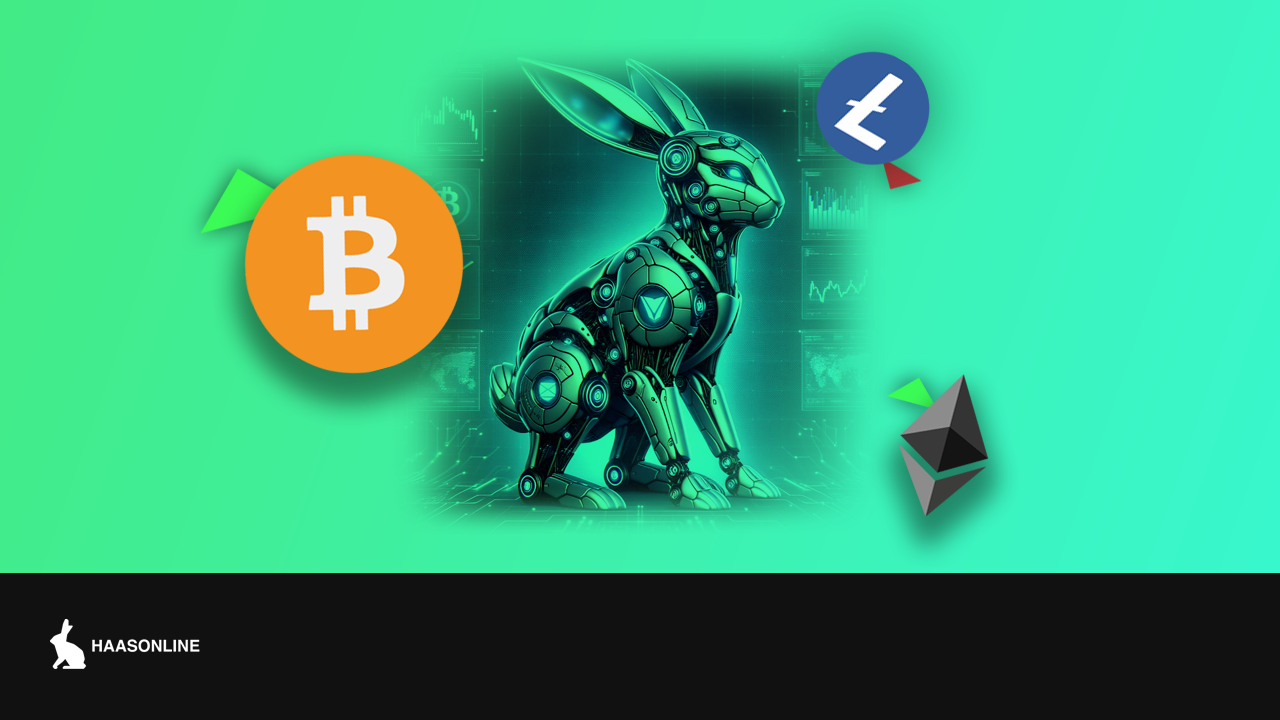What is Decentralized Finance?
DeFi is part of the new financial terminology arising from the crypto revolution that reshaped the basic operational principles of the world’s economy. DeFi stands for decentralized finance, a general term that covers a broad range of blockchain-related applications, with the single purpose of avoiding third-party intermediaries.
This article will discuss the core features and components upon which DeFi is built. After our overview designed to help you understand the Ethereum background behind the majority of DeFi apps, there is a carefully considered list of Ethereum apps and the most popular DeFi tokens. Don’t let the high-tech framework discourage you. Once you understand the straightforward principles behind it, you will see why DeFi is considered to be the future of financing.
How Does DeFi Work?
DeFi is a financial approach where assets are accessed through an open decentralized blockchain network. Contrary to bank or centralized exchange accounts, users aren’t by any means required to provide an ID or other forms of personal identification to access DeFi. Transactions are code-handled and open to public access.
More precisely, DeFi is a blockchain software that enables users to connect themselves on a peer-to-peer basis and buy, sell, borrow, or lend assets without a centralized authority to facilitate the transactions. Since there is no corporate intermediary, payments can’t be blocked or denied, and neither can they be delayed or misguided due to a human factor.
Because of its decentralized nature, Bitcoin is considered the first DeFi asset. However, it’s an inescapable fact that while cryptocurrencies have been making their way to global charts over the past decade, Bitcoin has been mainly bought and sold through mainstream centralized exchanges (CEXs).
Etherium, on the other hand, which is the next-largest cryptocurrency, has been used for building DeFi applications, as it has proved itself to be more practical for creating other forms of decentralized apps.
All DeFi products are in tune with Ethereum, which enables seamless cooperation in, for example, borrowing tokens from one platform and trading them on a completely different application. Plus, ETH and other tokens built on Ethereum have a shared ledger that keeps a full record of ownership, accounts history, and executed transactions.
The easiest way to understand DeFi is by differentiating between the five component layers and the several types of DeFi apps or functionalities.
DeFi Layers
There are five DeFi layers, each with a clearly defined objective:
- The settlement layer refers to the blockchain and the asset of its native protocol. The settlement layer enables the network to store all previously mentioned records securely under a predefined set of rules.
- The asset layer consists of all tokens that are issued on top of Ethereum, the settlement layer. It includes the native asset and all other tokens supported by the blockchain.
- The protocol layer’s role is to provide functionality by implementing a set of self-executing smart contracts between the two parties involved. Smart contracts ensure stable transactions between the buyer and the seller or the lender and the borrower with agreement terms directly written in code lines. The code tracks and controls the transaction securely without involving a third party or any other type of escrow service.
- The application layer consists of user-focused apps connecting to separate protocols. They appear in the form of online platforms like decentralized exchanges, for example, accessed through a web browser that abstracts the necessary interaction for concluding the smart contract.
- The aggregation layer refers to an extension to the application layer. It is also a user-oriented app that provides tracking and comparing tools, simplifying complex tasks by a simultaneous connection of various protocols, and combining relevant information more practically. Typical aggregation layer examples include lending and banking services as well as incorporated crypto wallets.
Types of DeFi Applications
- Decentralized exchanges (DEXs) are the most commercially spread DeFi apps. They allow users to exchange fiat money or cryptocurrencies for other cryptocurrencies such as USD for Bitcoin or Bitcoin for DAI. They are rapidly growing in popularity among the crypto community as a result of the full control and custody users have over their accounts and balances.
Popular DEXs on the market: Changelly, ShapeShift, Bisq and Uniswap.
- Stablecoins are cryptocurrencies that are bound to a regular currency in order to keep price balance and stability.
Popular stablecoins on the market: Tether (USDT), True USD (TUSD), Paxos Standard (PAX), USD Coin (USDC), and Binance USD (BUSD).
- Lending platforms use smart contracts to avoid centralized intermediaries that handle the process of lending.
Popular decentralized lending platforms on the market: InstaDapp and MakerDAO.
- Wrapped Bitcoins (WBTC) are a method of sending Bitcoin to the Ethereum blockchain network enabling the Bitcoin to be directly used in an Ethereum DeFi system. Users can earn interest from the Bitcoin they lend through the lending platforms mentioned above.
- Prediction markets are online spots where users can bet on the outcome of multiple upcoming events. The purpose of DeFi in such prediction markets is to offer a more practical and secure functionality without the expensive intermediary services.
DeFi Tokens
Right after cryptocurrencies, DeFi tokens have been in the spotlight of the financial ecosystem since the rapid digital transformation in 2020 that happened as a result of Covid-19. They are decentralized financial apps that run on blockchain networks, executing well-established trading practices with a decentralized approach.
Take a look at the most popular DeFi tokens, but remember that their ranking frequently changes due to the volatile nature of the crypto market. Although HaasOnline TradeServer can monitor thousands of tokens, we’re not quite ready to fully support DeFi platforms. You can monitor tokens’ current position and compare market caps with third party tools such as DeFi MarketCap.
Aave (AAVE)
Aave is a dominant protocol utilizing an AAVE native token to ensure and handle the protocol. Aave is now in the process of migration from LEND to AAVE at a 100:1 rate, executed through the Migration Portal.
Total Supply: 16,000,000 AAVE
Uniswap (UNI)
UNI is a native token of Uniswap, one of the leading decentralized exchanges in DeFi. It’s recognized for being a so-called “governance” token, allowing holders to vote on further developments regarding UNI’s distribution and fee schedule. This token can be earned by providing pool liquidity.
Total Supply: 1,000,000,000 UNI
Synthetix (SNX)
Synthetix is also a widely recognized derivatives protocol supported by its native token SNX. Users can earn new derivatives known as Synths only if they stake no less than 750% of the Synths value in SNX. This proportion is referred to as cRatio allowing users to earn both native inflation and proportional rate of trading fees on Synthetix.
Total Supply: 190,075,446 SNX
Sushiswap (SUSHI)
SUSHI is a lending protocol supported by the Sushiswap governance token. Once users link their Ethereum wallet to their Sushiswap account, they can lock the pool’s assets into a smart contract with an offered ratio of 1:1. So, if a user planned to add 4 ETH worth of liquidity to the existing SUSHI-ETH pool, they would need to convert 2 ETH into SUSHI. Users can also leverage their earnings by providing liquidity to various supported pairs on Sushiswap.
Total Supply: 250,000,000 SUSHI
yEarn (YFI)
yEarn is an automated liquidity aggregator that allows a broad range of yield farming possibilities. This protocol is conducted by its native token YFI offering users to enhance their gains on assets through lending and trading services.
Total Supply: 30,000 YFI
The Takeaway
We hope all this cleared up any questions regarding DeFi. It’s true, decentralized finance is still a developing part of the cryptocurrency eco-system, but its liberating approach is on a way to overpower the traditional, time-consuming, and pricey financial system. It’s definitely worth giving it a shot.



